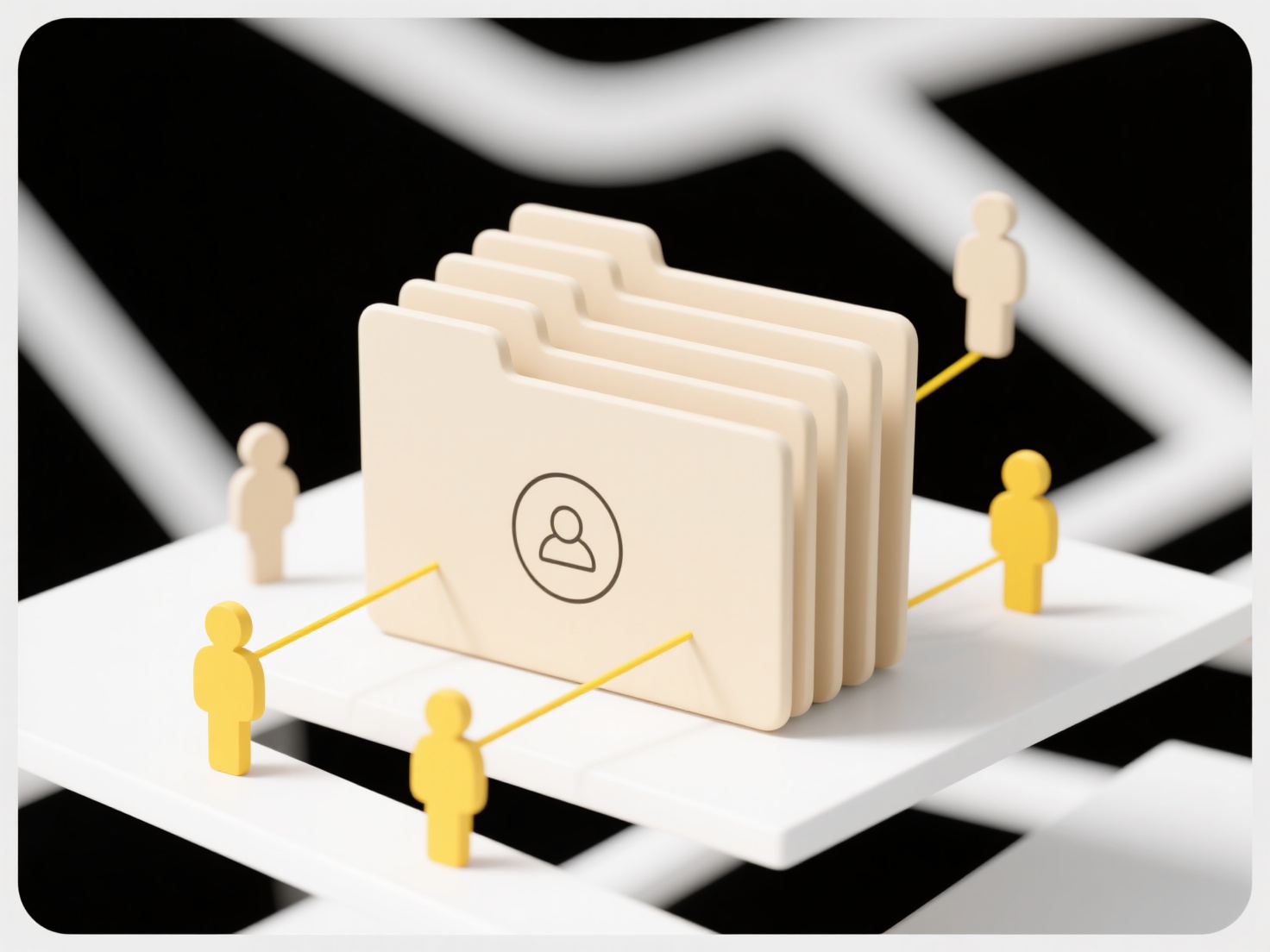
File rename permissions refer to the system rules that determine who is authorized to change a file's name, controlled by its access rights. This differs from the technical ability to rename (which your OS typically allows) and instead focuses on your authorization level within the system environment. Essentially, it concerns whether you have the necessary privileges granted by an administrator or the operating system itself, not whether the renaming function exists.
For example, system administrators often set specific folder permissions within networked drives using tools like Windows Active Directory or macOS Server's Profile Manager, preventing unauthorized users from renaming critical files. Similarly, cloud platforms like Google Drive or SharePoint allow owners to configure sharing settings, explicitly enabling or disabling the "can edit" permission, which includes renaming capabilities for shared files and folders.

A key advantage is maintaining data organization and integrity, preventing accidental or malicious changes. However, a limitation is that overly strict permissions can hinder legitimate workflow if users genuinely need to rename files for clarity but lack the rights. Future developments may involve more granular permission controls or smarter AI-assisted auditing to track rename operations automatically.
Can I set permissions when renaming files?
File rename permissions refer to the system rules that determine who is authorized to change a file's name, controlled by its access rights. This differs from the technical ability to rename (which your OS typically allows) and instead focuses on your authorization level within the system environment. Essentially, it concerns whether you have the necessary privileges granted by an administrator or the operating system itself, not whether the renaming function exists.
For example, system administrators often set specific folder permissions within networked drives using tools like Windows Active Directory or macOS Server's Profile Manager, preventing unauthorized users from renaming critical files. Similarly, cloud platforms like Google Drive or SharePoint allow owners to configure sharing settings, explicitly enabling or disabling the "can edit" permission, which includes renaming capabilities for shared files and folders.

A key advantage is maintaining data organization and integrity, preventing accidental or malicious changes. However, a limitation is that overly strict permissions can hinder legitimate workflow if users genuinely need to rename files for clarity but lack the rights. Future developments may involve more granular permission controls or smarter AI-assisted auditing to track rename operations automatically.
Quick Article Links
How do I structure folders for departments or teams?
Structuring folders for departments or teams involves creating a logical, hierarchical system where top-level folders re...
How do I use cloud APIs to run searches programmatically?
Cloud APIs provide programmatic access to cloud-based search services. Instead of manually using a search box in a web i...
What is the difference between “Downloads” and “Documents”?
The "Downloads" folder is a temporary storage location created by your operating system to hold files retrieved from the...